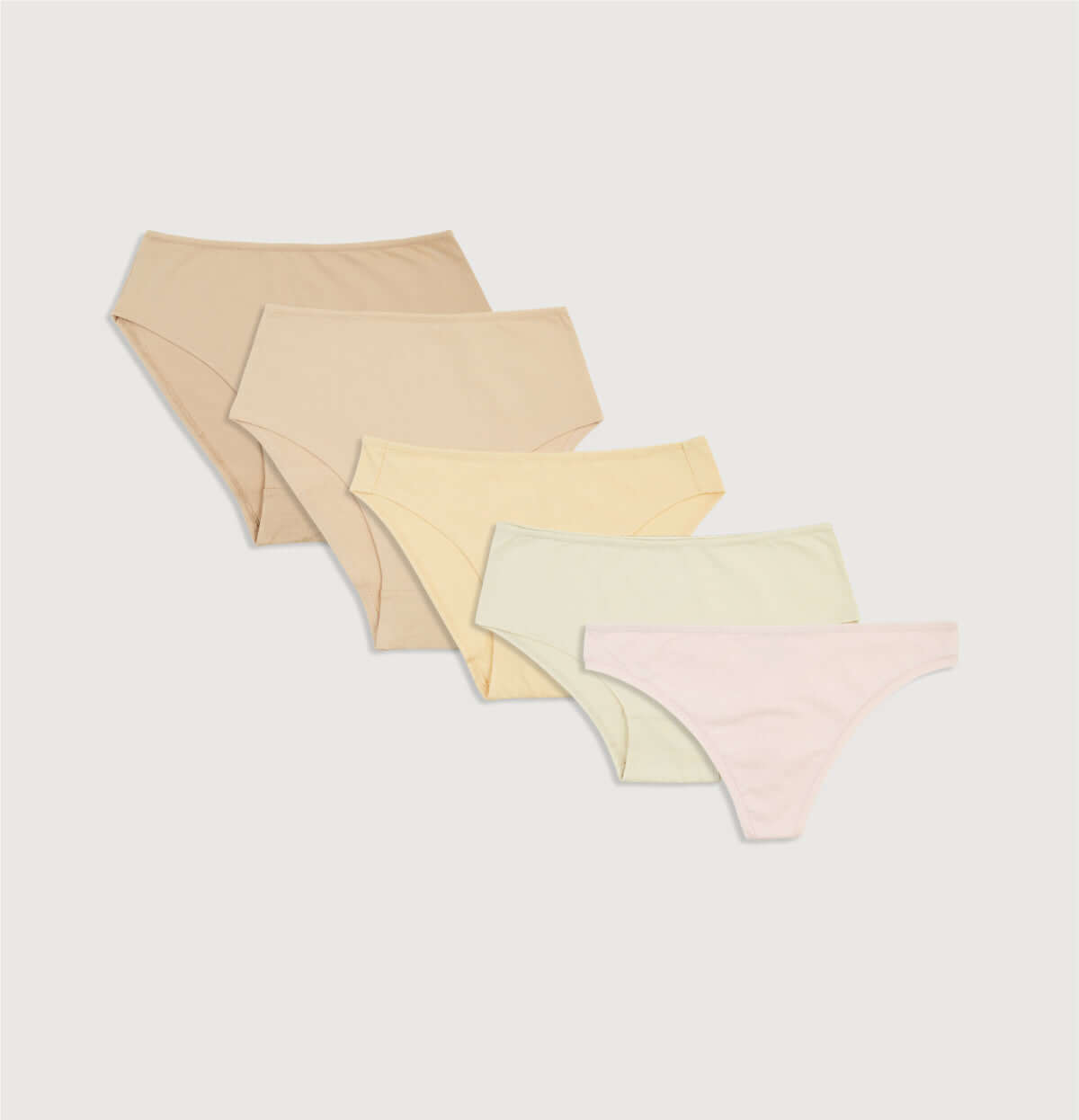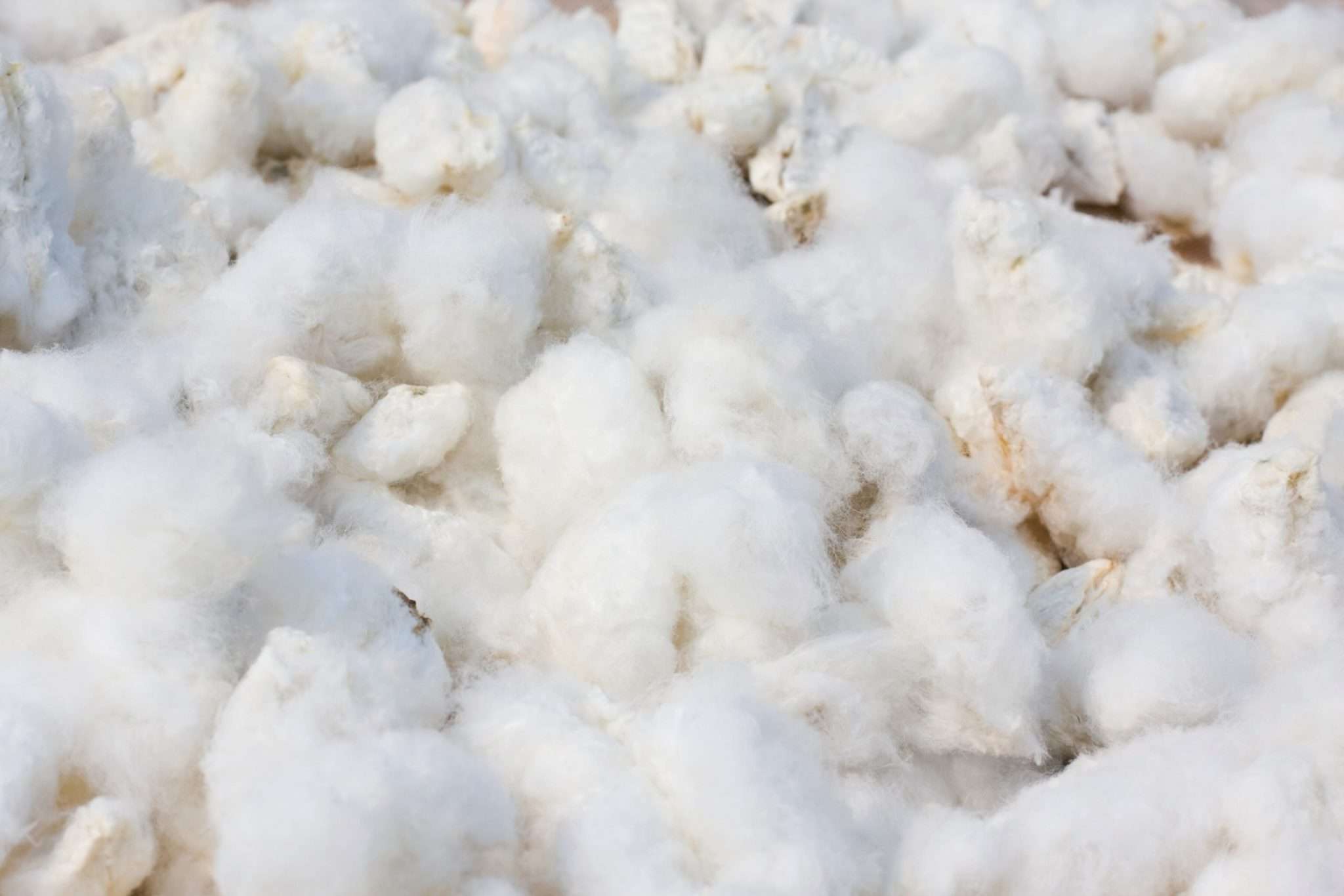Let's talk about cotton.
Cotton is widely used around the world, and the high demand creates many ecological and health problems, both in terms of land and resource utilization, and for farmers and consumers.
In recent years, there has been a growing trend of growing organic cotton , and it was important for us to tell you about the differences between the types.
quality
Regular cotton is picked by machine to speed up supply and meet high demand. In this mechanical process, the fibers are often damaged, resulting in more cotton being wasted.
Organic cotton, on the other hand, is harvested by farmers manually, which means that the organic cotton remains soft and has longer fibers, which ensures that it is stronger and more durable.
How to grow
Growing regular cotton uses $2.6 billion worth of pesticides per year (25% of the synthetic pesticides used worldwide are used to control cotton fields!). The continued use of these toxic chemicals leads to disease and affects not only farmers, but also the environment, neighboring land, and consumers.
In organic cotton farming, farmers use only natural fertilizers and pesticides, such as using other insects to repel pests. The pesticide-free growing process makes organic cotton of higher quality and better for our skin.
Land and water
Growing conventional cotton reuses the same soil. This process destroys and depletes the soil, removes nutrients, and leads to the growth of an unhealthy crop. Because cotton requires more water, it is irrigated with very large amounts of water, which is a huge waste.
In contrast, organic cotton is moved from one soil to another with each crop planted, and is often irrigated by drip irrigation. These practices lead to the preservation of the soil's nutrients and tremendous water savings.
Weeding
In the process of weeding conventional cotton, chemicals are used in the form of herbicides that kill weeds. The use of these harmful chemicals affects the quality of the crops, drains moisture and nutrients from the soil and also harms the health of the farmers. The substances include highly toxic insecticides and carcinogens. Continuous use of chemicals also affects the neighboring lands (approximately 3.5 km in each direction).
In organic cotton production, weeding is done by hand. (These methods help the soil retain its nutrients and do not harm farmers.)
Production
Even during the processing stage of regular cotton, large amounts of chemicals, heavy metals, and chlorine are frequently used. Even after the finished products are washed, residues of these chemicals remain and can cause severe skin allergies, eczema, and more.
Organic cotton uses safer alternatives to chemical dyes and bleaches: natural or water-based dyes, hydrogen peroxide for bleaching, and other safe products used in the production of the finished goods.
In conclusion, why choose organic cotton?
Not only are organic fibers softer, hypoallergenic, and last longer after washing, they are also the most chemical-free fabric for our skin. They reduce waste, water pollution, protect the ecosystem, and offer a safer work environment. The material is sustainable, and one of the best sustainable and eco-friendly options.
So if you're asking yourself what underwear is best for women , try it yourself and feel the difference :)






